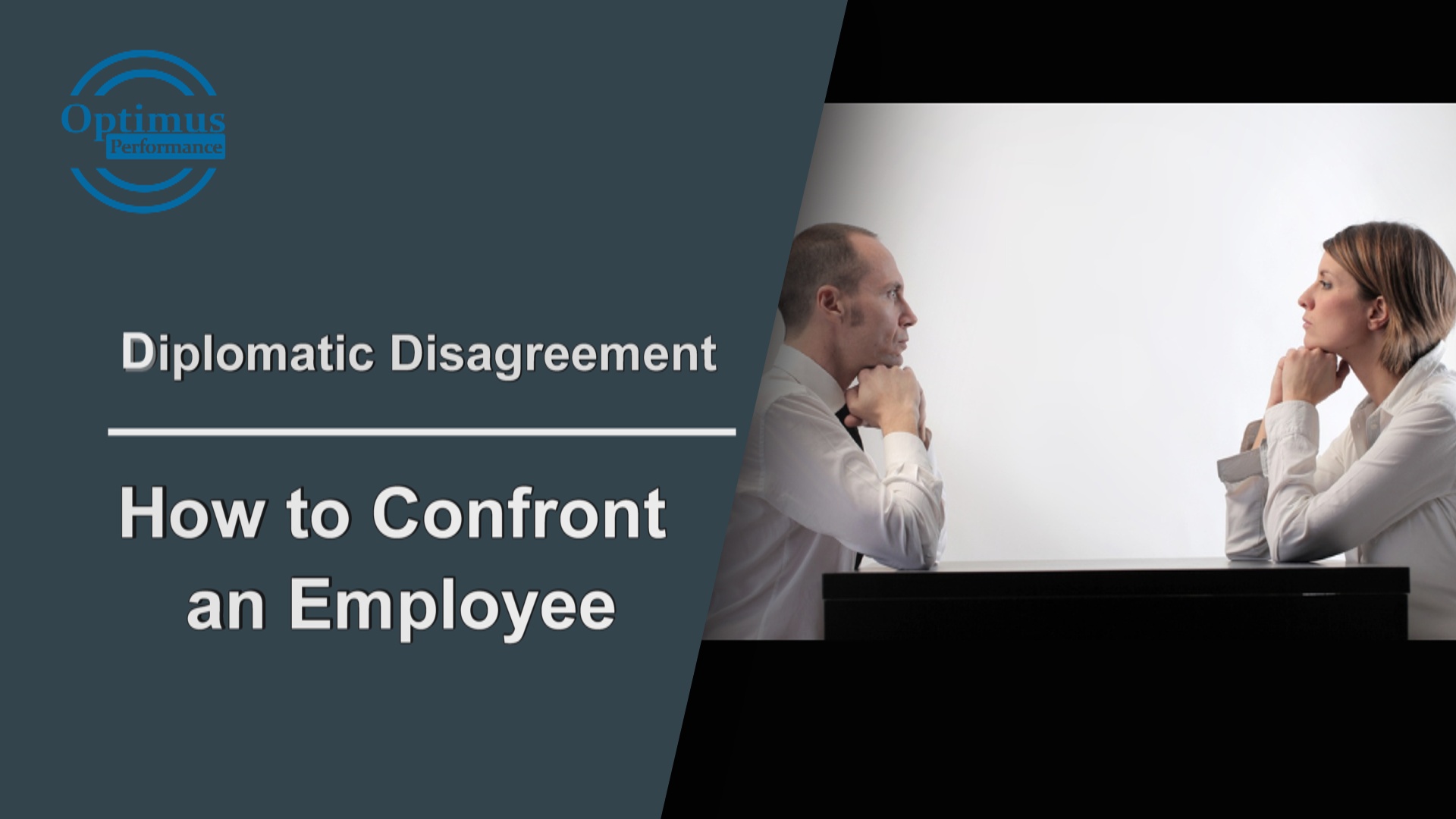Diplomatic disagreement is an advanced form of active listening where you confront an employee to state your point of view that is contrary to theirs’.
It is used when you want to keep the discussion positive and yet confront another person’s perspective without causing the discussion to escalate to a conflict.
The more employees engage in team problem solving and discussions for improvement the greater the potential for disagreements and conflict. Employees need to be skilled in good communication techniques to avoid communication from breaking down and people becoming resistant.
Steps to Diplomatic Disagreement
- Listen and reflect
- Value the other person
- State your own views
Here is an example
A task team was formed to work on improving communication between the engineering and marketing departments. One employee expresses this to another:
“these meeting are going to be a waste of time. We’ve tried improving things in the past and it has never worked. I’m fed up with these initiatives that go nowhere”.
Your response using the three steps could be as follows:
- You feel pessimistic about the possibility of making any improvements and don’t want to waste your time, is that how you feel?
Wait for the answer
- “I don’t blame you for having reservations. It’s true that past efforts did not bring about much improvement”
- “But I think this time will be different. There is a new department head who sees how important it is to solve the issues between our departments. I feel confident that management will listen to our recommendations and act this time. We can already see there is new hope being expressed by many team members. I think we all need to stay positive and do our part”.
Look for opportunities to put this into practice in your work environment, especially active listening as it is important to use listen and reflect first before stating your view.
